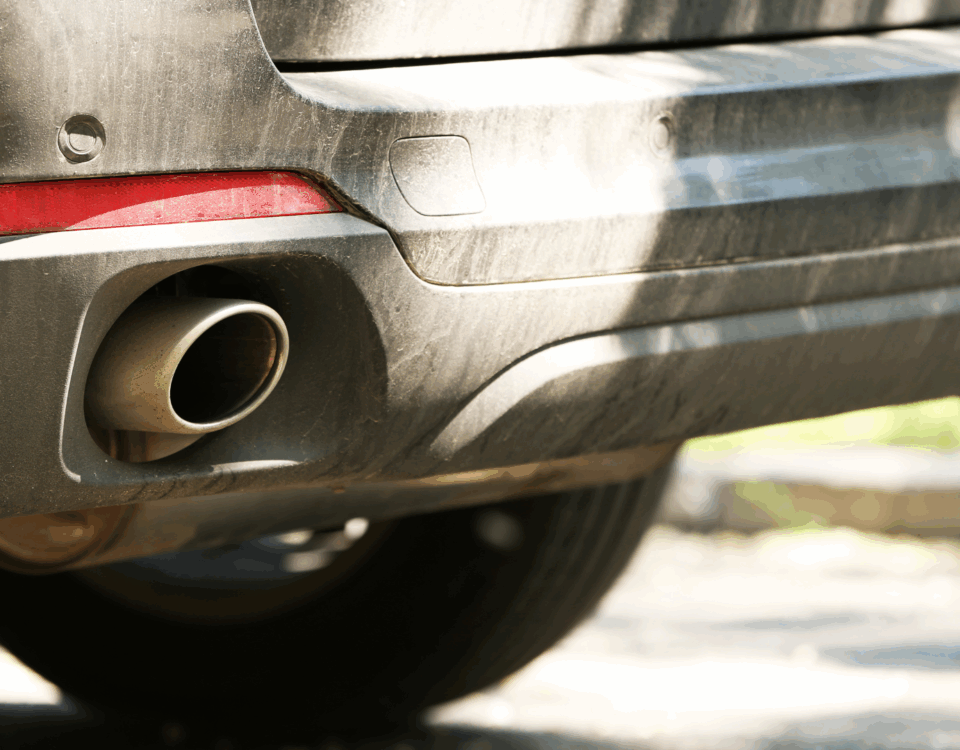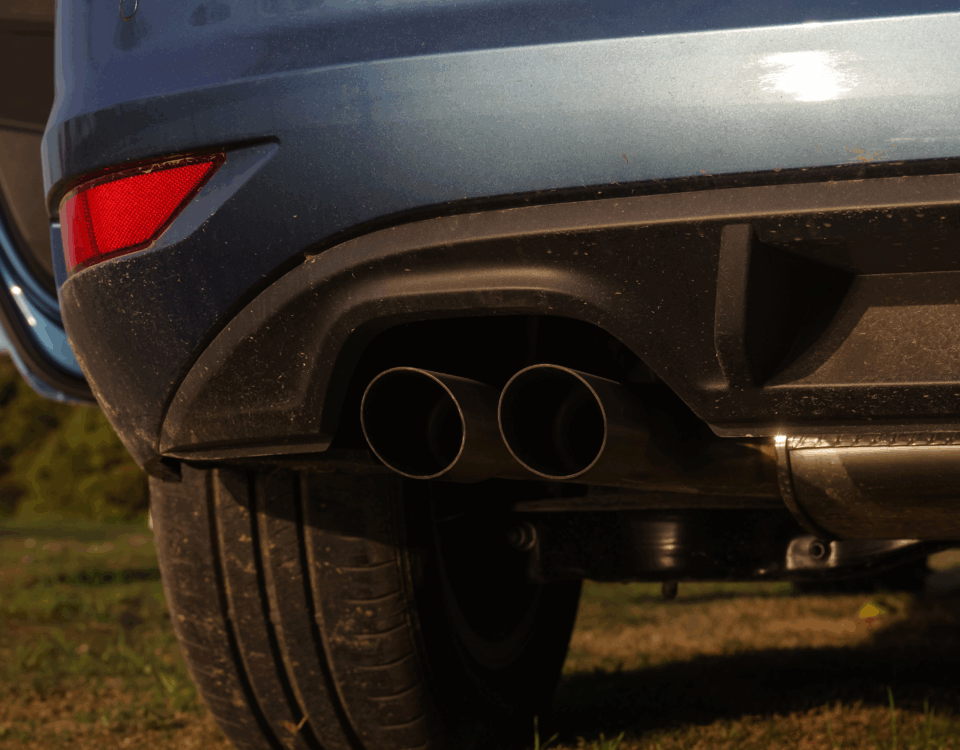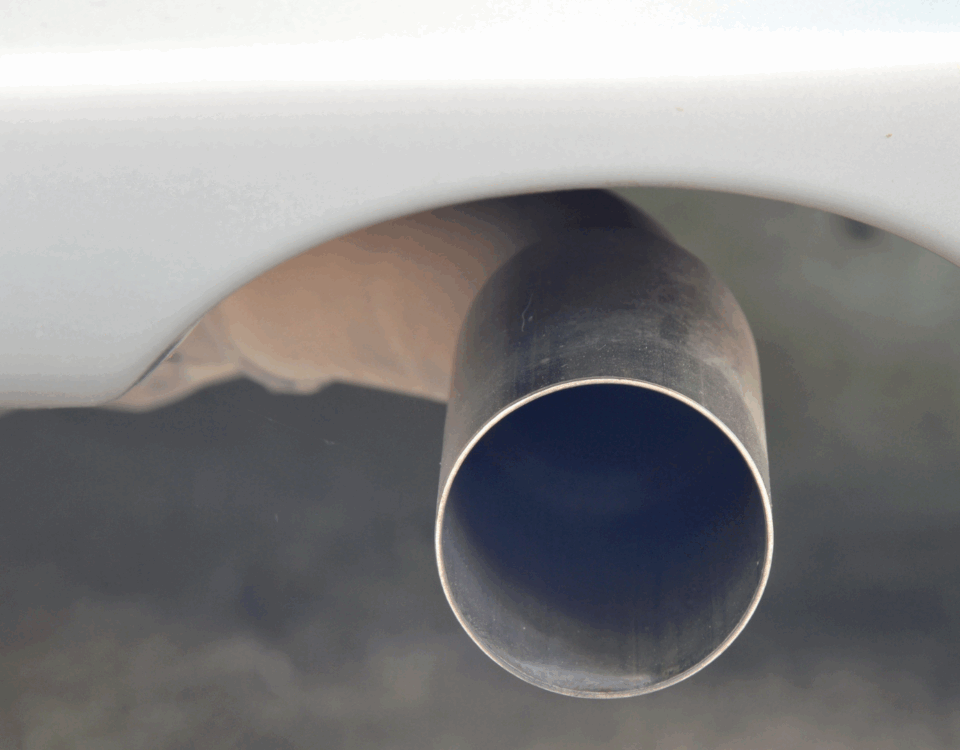Understanding the Smog Check Process for Hybrid Vehicles
February 7, 2025How to Find Smog Test Locations Near Me: A Quick Guide
February 10, 2025Why Hybrid Cars Still Need a Smog Check
Hybrid vehicles are known for their lower emissions, but that doesn’t mean they are exempt from smog check. In many states, hybrid owners must comply with emissions testing requirements, especially as their cars age. While hybrids use both gasoline and electric power, their internal combustion engines still produce emissions that contribute to air pollution. Regulations vary by state, but in places like California, a smog check is mandatory for hybrid cars once they are over eight model years old. This ensures that the vehicle’s emission control system is functioning properly and meets environmental standards.
How Smog Check Rules Differ for Hybrids Compared to Gasoline Cars
The smog check process for hybrid cars differs slightly from traditional gasoline-powered vehicles. Since hybrids rely more on their electric components at lower speeds, their internal combustion engines do not always engage during testing. This makes it challenging to measure emissions in the same way as a conventional vehicle. To accommodate this, testing stations use different procedures that focus on monitoring onboard diagnostics (OBD) systems rather than tailpipe emissions. The OBD system records data related to fuel efficiency, engine performance, and emissions levels, allowing inspectors to determine if the vehicle complies with smog regulations.
What to Expect During a Smog Check for Your Hybrid Car
When taking your hybrid vehicle in for a smog check, expect the technician to connect a diagnostic scanner to your car’s onboard computer system. This scanner will retrieve emission-related data and check for any error codes that indicate malfunctioning components. Unlike older gasoline cars, hybrids are not always required to undergo a tailpipe test, as modern technology allows for emissions evaluation through data monitoring. However, if your hybrid has a mechanical issue, such as a faulty oxygen sensor or a failing catalytic converter, it could fail the test. Regular maintenance, including checking your car’s battery health and engine condition, can help ensure a smooth smog check process.
Common Reasons Hybrid Cars Fail a Smog Check
Although hybrid vehicles typically have lower emissions, they can still fail a smog check due to mechanical problems. Some of the most common reasons include a malfunctioning OBD system, a worn-out catalytic converter, or an issue with the evaporative emissions system. If the vehicle’s check engine light is on, it will likely fail the test automatically. Issues such as dirty fuel injectors or a weak battery can also impact performance and emissions levels. Regular servicing and prompt repairs can help prevent smog check failures and keep the vehicle running efficiently.
How to Prepare Your Hybrid Car for a Successful Smog Check
To ensure your hybrid passes a smog check, take a few precautionary steps before the test. First, complete any necessary maintenance, such as replacing air filters, checking engine oil, and ensuring the fuel system is functioning properly. If your check engine light is on, diagnose the issue with a mechanic before taking the test. Driving the car at highway speeds for at least 15 minutes before the test can also help the OBD system generate accurate emissions data. Additionally, using high-quality fuel and ensuring the battery is in good condition can contribute to lower emissions and a successful smog check result.
Read More:





